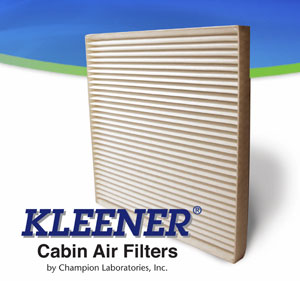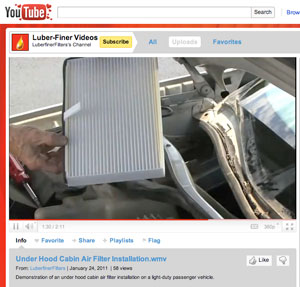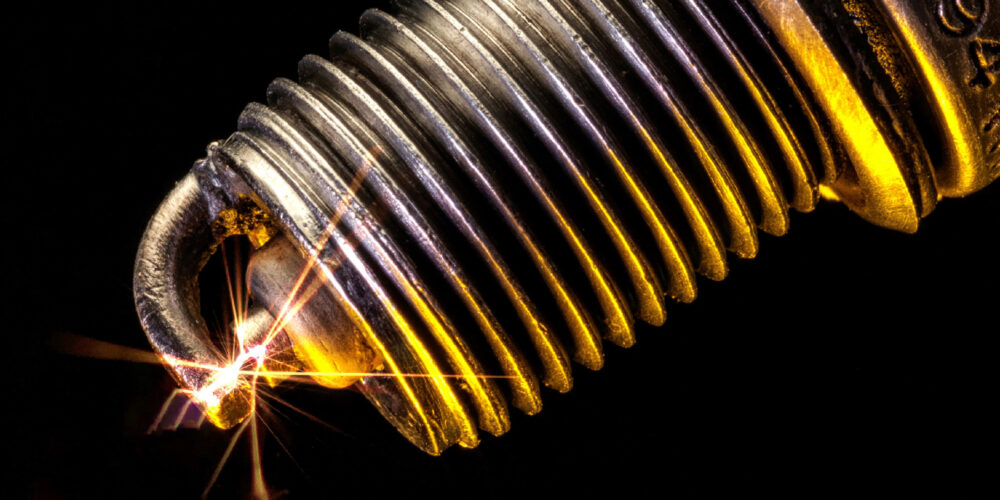 The quick-lube oil change facility has become a fact of life for the majority of the nation’s drivers, a stop every three or four months to get the oil changed, tire pressure checked and any essential fluids topped off. The growth of these facilities is rooted in the fact that most drivers are either incapable of, or don’t have the time to, perform an oil change themselves.
The quick-lube oil change facility has become a fact of life for the majority of the nation’s drivers, a stop every three or four months to get the oil changed, tire pressure checked and any essential fluids topped off. The growth of these facilities is rooted in the fact that most drivers are either incapable of, or don’t have the time to, perform an oil change themselves.
But while these drivers are grateful that there are experts out there who can keep their vehicles running at the most efficient and safe level, they also have another demand when they drive into that oil-change bay: the service must be completed in the shortest time possible. That can be a challenge when the vehicle requires more than just basic service.
One of the growing categories for potential upsell at the oil-change facility is Cabin Air Filters (CAF). These components have the ability to remove most dust, dirt, soot and pollen particles from the air before they have a chance to enter the passenger compartment. These particles are generally 7 to 100 microns in diameter, about the width of a human hair and more than twice as small as a dot made with a freshly sharpened pencil, which is about 200 microns. This can be a crucial consideration for drivers and their passengers who may suffer from allergies, a segment of the population that some estimates currently put at more than 40 million.

Upselling these products is just one half of the battle, however. The other half is to get the old filters out and the new ones installed, all while not adding any appreciable waiting time for the customer. Thankfully, replacing a CAF is a relatively simple task that can be performed in a matter of minutes, provided that the service technician has been properly trained.
Here are some things to keep in mind in the search for the most efficient CAF replacement regime:
• Most CAFs are located either under the dashboard on the passenger side or near the rear of the cowl under the hood
• After removing the CAF, the best way to check to see if it needs to be replaced is to tap it and look for any dust that might fall. If any dust does fall, the filter is likely filled to capacity.
• Before inserting a new CAF, use a vacuum cleaner to clean the outside-air intake duct, which may contain stray dirt and dust.
• After replacing the CAF, reinsert the air-intake screen, making sure that it is sealed properly. An improperly installed screen can allow water to flow into the filter, which will saturate it.
Following these guidelines will help ensure that the CAFs are replaced correctly and in the most time-efficient manner. If no time is added to the wait for the customer, not only will he or she be pleased with the freshness of the interior air, there will be a better chance that they will acquiesce to the service tech’s recommendation for CAF replacement in the future.
To educate distributors about the advantages of Cabin Air Filters, Champion Laboratories has created the Kleener Cabin Air Filter Certified Training Program, which can be accessed by visiting www.champlabs.com/content/kleener-training-program.











